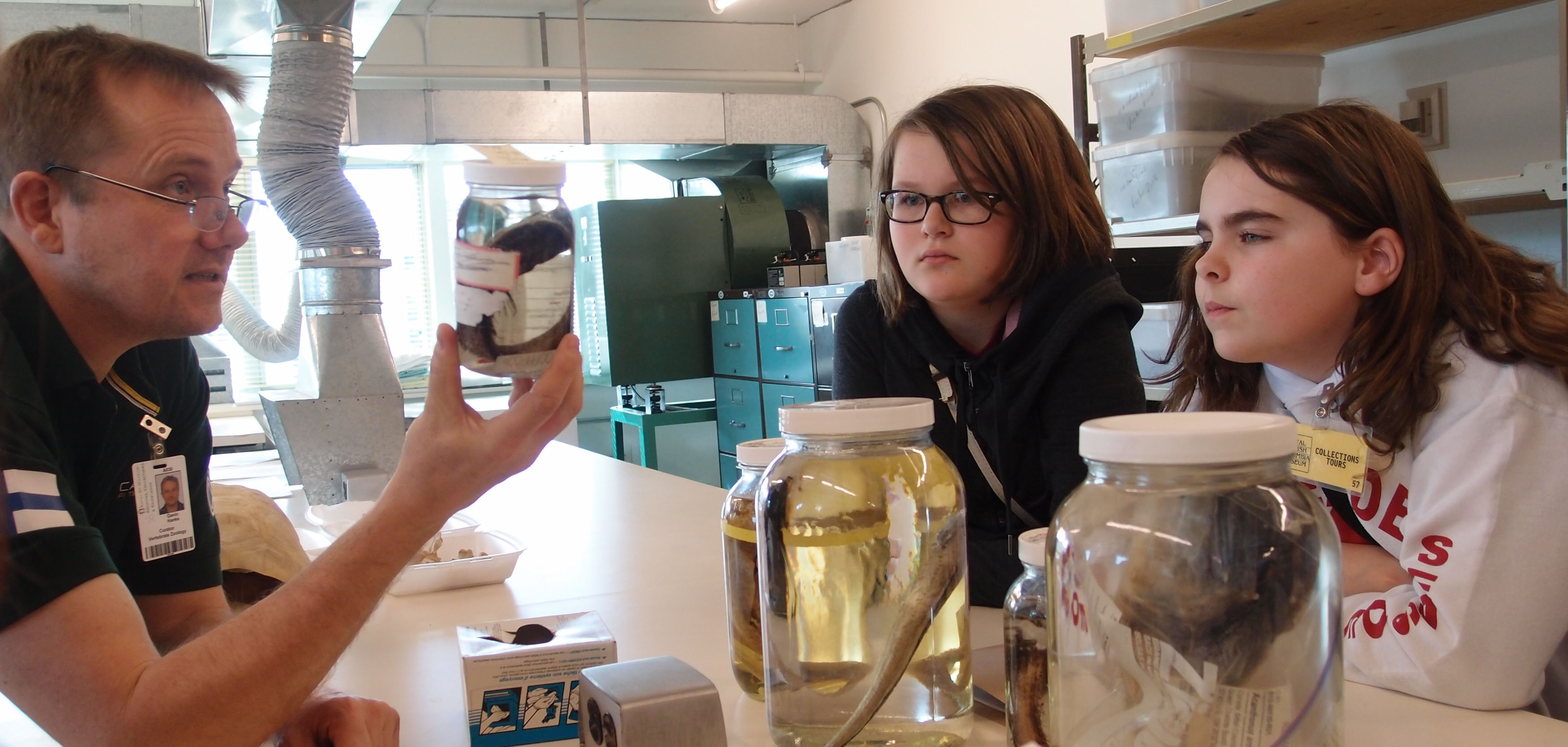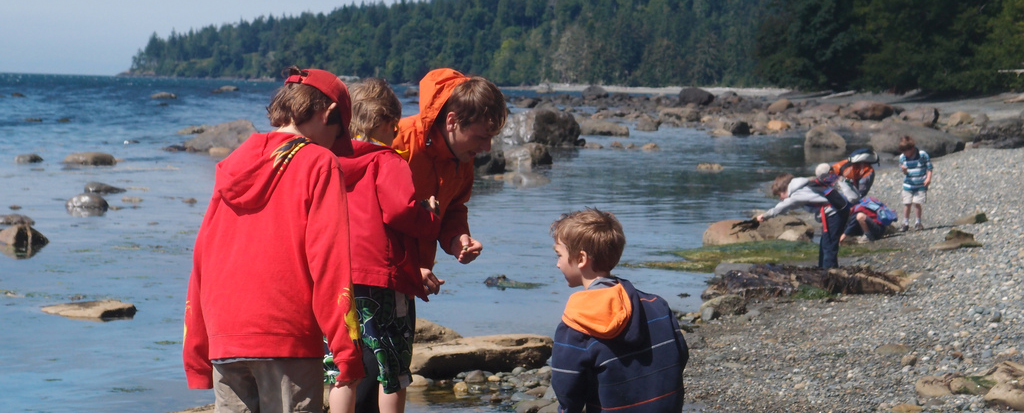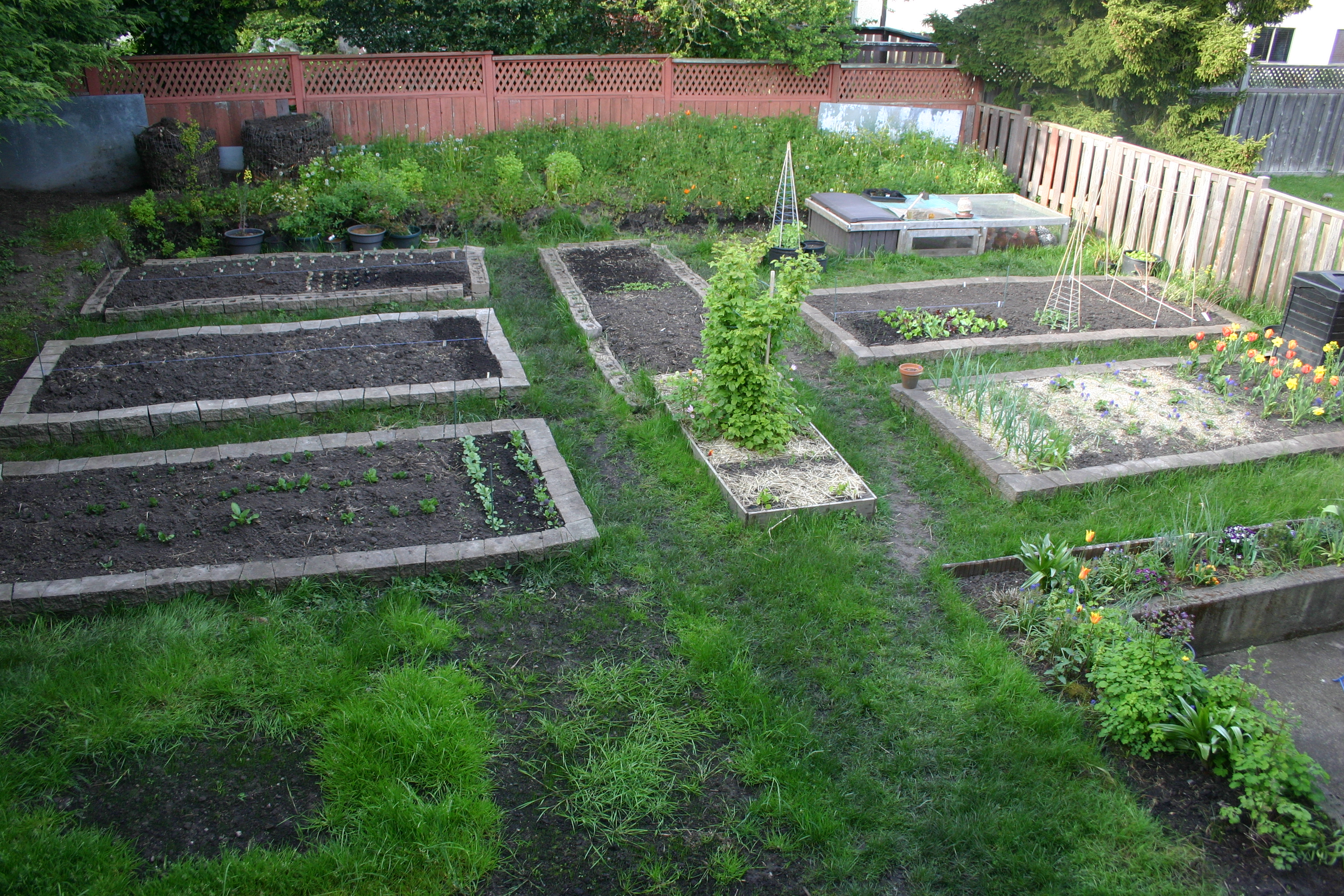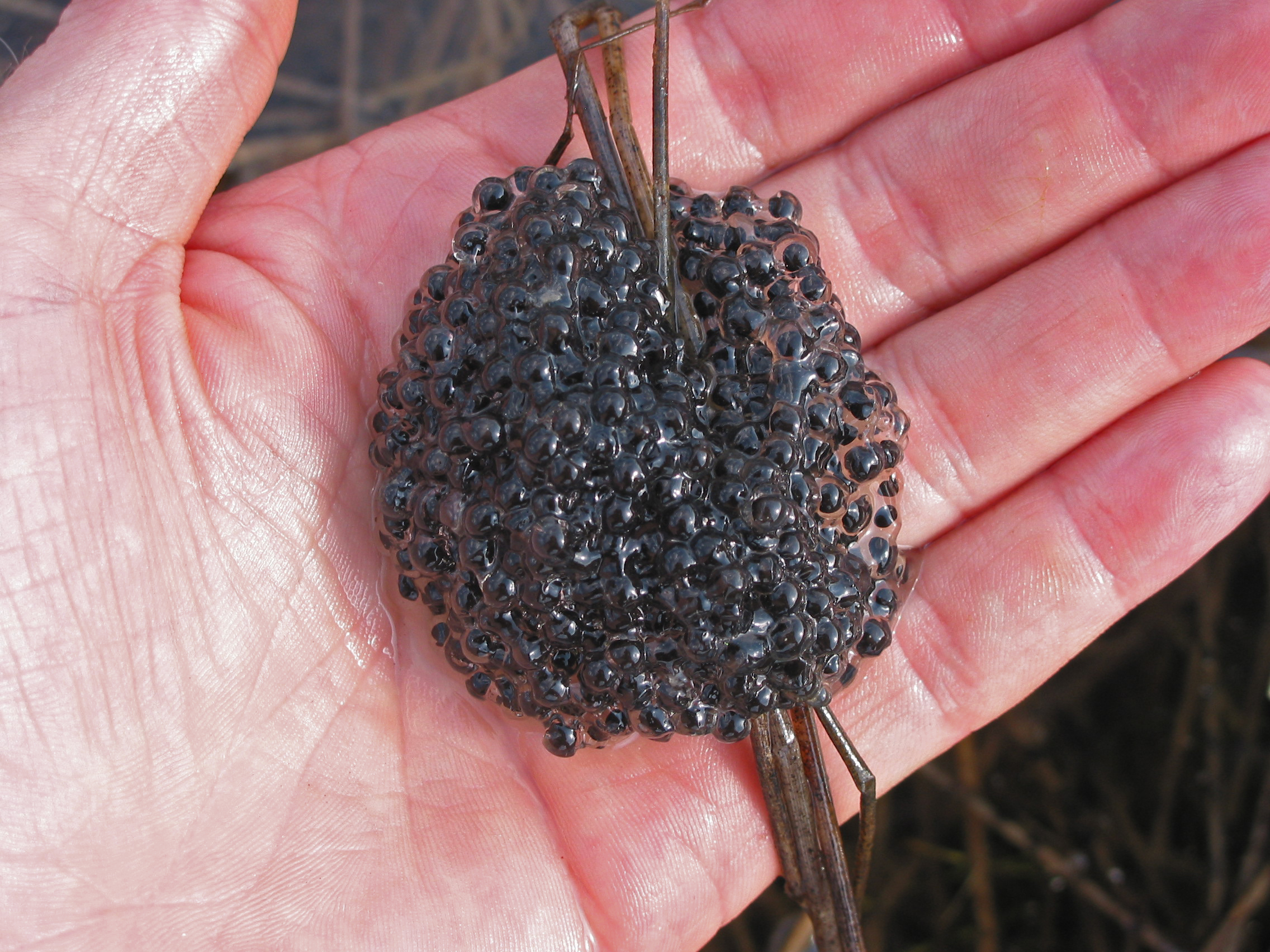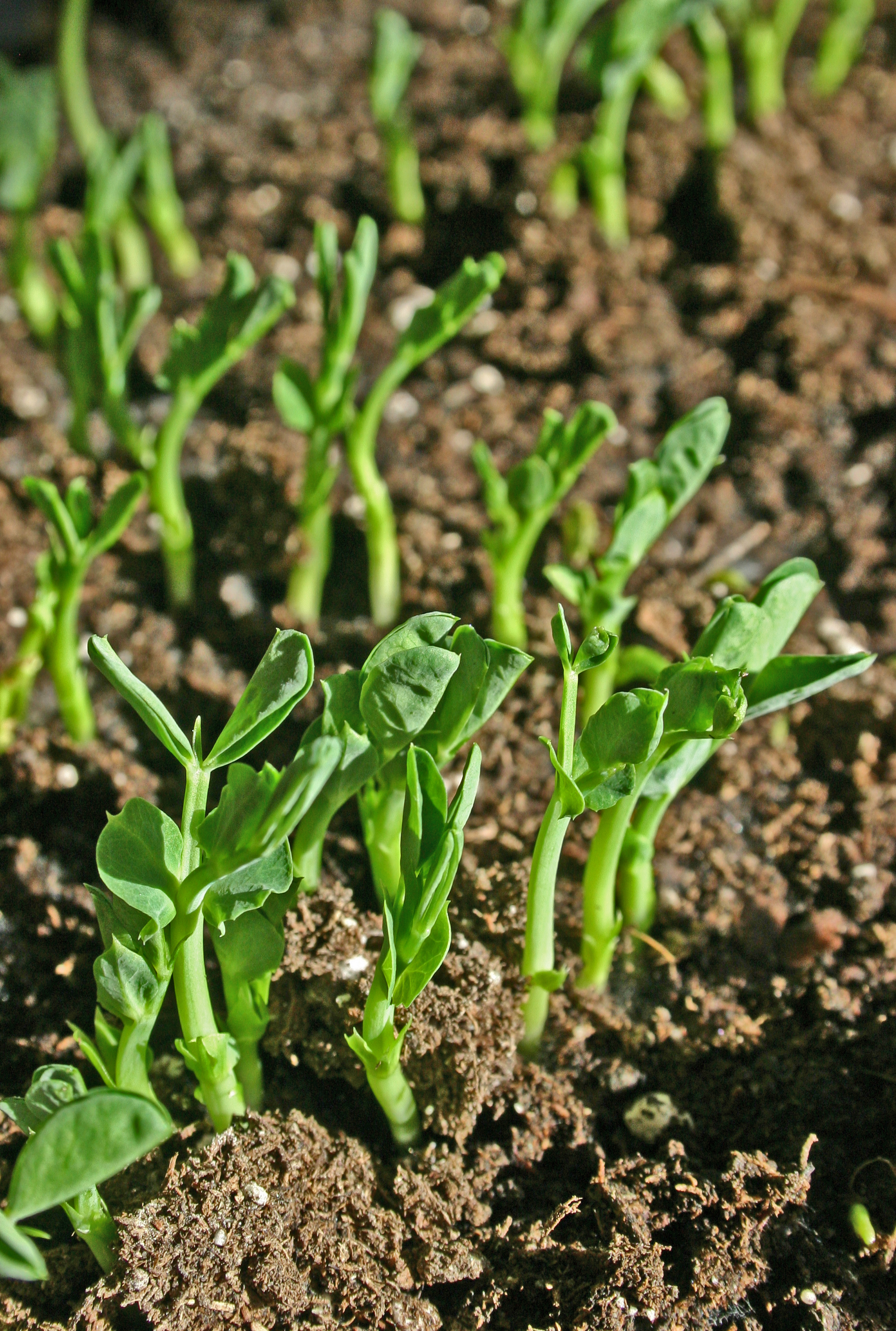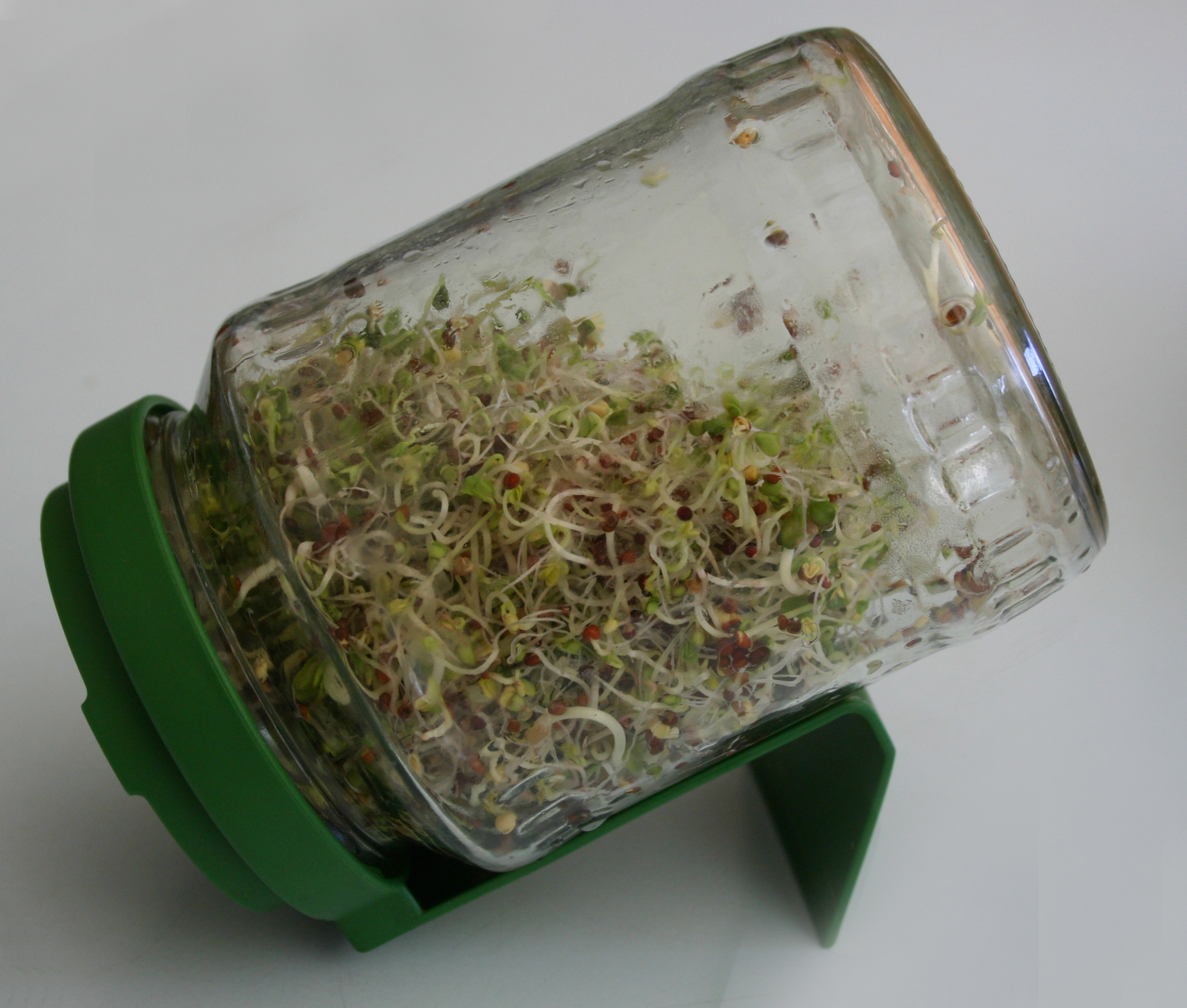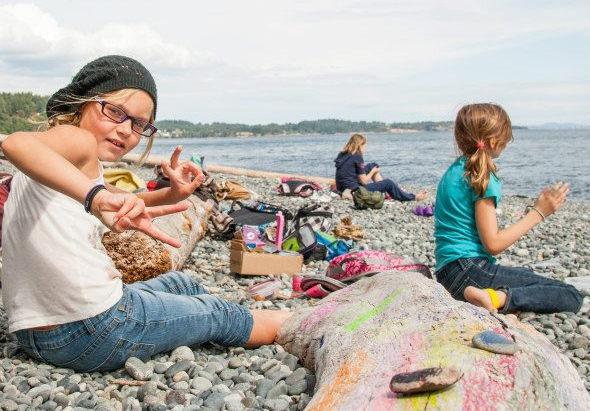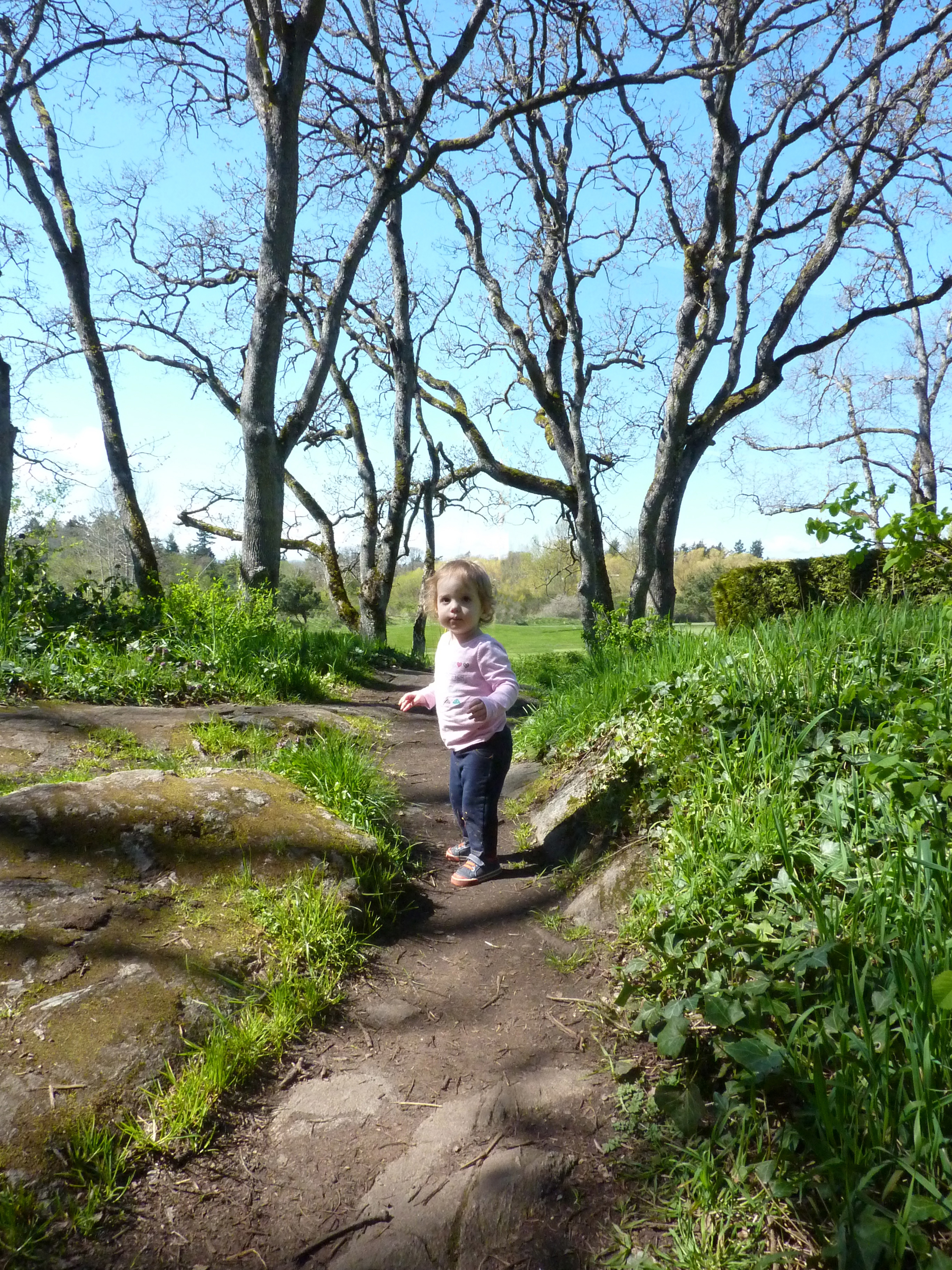How often have you heard the phrase: “That’s child’s play”.
What exactly is child’s play, given that retired folks play video games and LEGO kits (clearly aimed at adults) can cost over 500 dollars? Here’s the difference: kids can make a castle out of cardboard, and a jungle out of a weed patch. My brother took baking powder and an old door and created the sprawling ice planet of Hoth in our basement (beneath that door was Yoda’s house). I think the definition of Child’s Play depends on the limitations of imagination.
Children will learn more from hands-on activities, than from walking past endless static displays and walls of text in a museum. Even adults read only a small fraction of what is present in museum displays. Fortunately, museums are moving away from the hodgepodge of glass cabinets, and now include interactive displays to engage a wider audience. Here at the Royal BC Museum we try to engage kids as much as possible. Chris O’Connor in our programming department will tell you all about our day camps, summer camps, after school clubs, behind the scenes tours, and in 2006 we installed the museum’s first hands-on activity room to be more family friendly. We have more planned for the near future.
Our battle of course is to preserve the traditions of a museum for the adult audience, and engage children without becoming a noisy video arcade. Regardless of how it happens, kids need to learn and to have their imagination nourished. As my Dad frequently reminds me, “Everything in moderation” – whether here at the museum learning about nature, at home in a garden, in front of a TV or computer, or wandering in the wilderness. Some structured learning in the classroom and at a museum is required, but kids also need plenty of unstructured time to let their minds run free.
I am reading Last Child in the Woods, and it struck a chord with me. I remember spending hours in the woods as a child, or crawling through swamps. My friends and I built forts out of scrap wood, I chased frogs and snakes, and spent hours fishing, all from our suburban environment. Where adults would see a mucky swamp, I found adventure and refuge. Many kids today don’t get the opportunity to indulge in unstructured play. I was lucky.
Now as an “adult” and a museum scientist, I live a structured life but I have a kids dream-job. I get to catch fish and frogs, snakes and salamanders, sample tide pools, and all of it clocked-in as work. You have to wonder how much of my success is due to an inquisitive nature or because I have supportive (and patient) parents.
 Me at a culvert somewhere between 1971-1973 (life after the 60s was just a blur anyway) – one of the first photos of me in colour – yea it’s that old…
Me at a culvert somewhere between 1971-1973 (life after the 60s was just a blur anyway) – one of the first photos of me in colour – yea it’s that old…
Now I try to encourage kids as much as possible when they are visiting the museum. Last week we hosted one of the winners of this year’s Young Photographer’s contest. After we selected something for her to photograph, she asked if we could go see some of the other collections. How could you say no to that? Of course we showed her some of the other Natural History collections. If we have encouraged a few kids towards a life-long interest in nature, then we’ve been successful.
This weekend my youngest (almost 18 months old) played with a pill-bug (Armadillium vulgare) while I weeded our garden. She was transfixed by its little legs flailing about as they tried to get a grip on her hand. I thought Anna was beyond the stage where she puts everything in her mouth, but one pill-bug ended with a decisive crunch. She also helped pull Dead Nettles – they too are edible. Unstructured time outside is essential. So-what if your kid is randomly weeding rather than going to beginner’s piano lessons – it’s all new and wonderful.
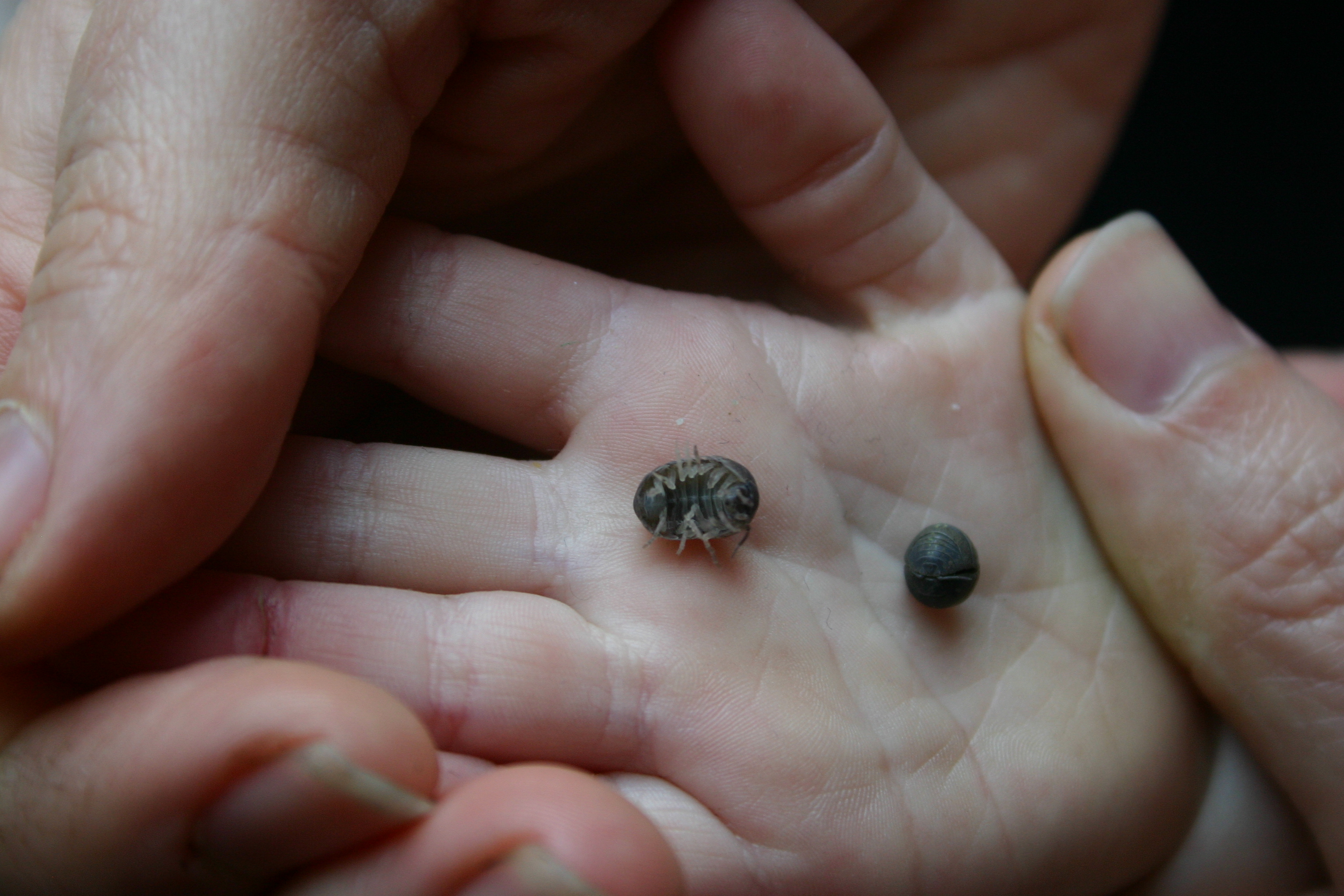 Armadillium vulgare – with vulgare reflecting the original latin for common.
Armadillium vulgare – with vulgare reflecting the original latin for common.
My Kindergarten class in Niagara Falls had a small fish tank on your right side as you walked in the classroom door. The main fish in that tank was a Dwarf Gourami. If I can remember details like that, I assume Anna also will retain details about our pets and garden and hopefully develop a life-long interest in nature. Her first big word was “turtle” and she can differentiate six types of birds already, so I think we are on track.
Our garden in April – can’t wait to put in a fish pond.
I think back on projects in elementary school that caught my attention – things that also can be done at home. I loved raising frogs eggs and seeing the tadpoles hatch and mature. I spent hours watching them. I am not sure you can do that anymore – you probably need permits. When I was a kid in Winnipeg, we just went to a pond and scooped Wood Frog or Leopard Frog eggs – it probably was illegal back then, but did it anyway and learned lots. Instead of collecting local frog eggs and a potential fine for disturbing wildlife, try breeding Dwarf Clawed Frogs – they are charming little pets and fully aquatic.
Wood frog eggs.
I used to raise newts – they also are available in the pet trade, they will breed in captivity, and their carnivorous tadpoles and adults are easy to keep. They are slow enough to handle, and eagerly take small bits of meat and chopped earthworms from a set of forceps. Since we have a range of local amphibians here in BC, a pet newt is a great way to raise awareness of these overlooked animals. Newts also can be given catchy names (Wayne Newton, Olivia Newton John, Newt Gingrich, Isaac Newton, and Rebecca [AKA Newt in the 1st Aliens movie]).
Red-spotted Newt (Notophthalmus viridescens)
Even the lowly goldfish has a valuable role as the first pet to teach about life and biology. Tough plants, a few snails, a goldfish, and you’ve got a simple ecosystem. All it’ll need is some basic input from the outside – water changes, light, and fish food.
Or forget the goldfish, leave the tank in a well-lit place to get a good algae culture going, watch the snail population explode, and then take a fine-mesh net’s worth of plankton from a local pond and start a plankton tank. You’ll need a magnifying glass to see things, but plankton tanks are fascinating. Throw in a small aquatic beetle, a damselfly larva, some planaria (flatworms) – and you have something really worth watching. If you want a fish – get a Galaxy Rasbora or Zebra Danio – but only one. Then you can explain about ecology and how so many producers (algae) support the plankton which feeds only one “top predator”. It won’t last forever as a balanced ecosystem, but for a while it will be quite educational.
Another fun school project we’d do each spring was to plant something and watch it grow. Take a jar, hold a seed (usually a bean or pea) up against the side of the cup using a wet paper towel, back-fill the cup with soil, and put it on a window-sill. It is a great way to teach patience (because plants take time to germinate), yet as far as plants go, beans and peas grow quickly.
The root and shoot meristems rocket in their respective directions and you can measure the height of the plant each week. It is still amazing when you think about the rate of cell division needed to support such growth. I suggest planting a Scarlet Runner Bean – and later when you put it outside, its red flowers will attract hummingbirds (loads of fun to watch!) and you’ll also get beans for the dinner table. What fun – and costs so little for so much entertainment.
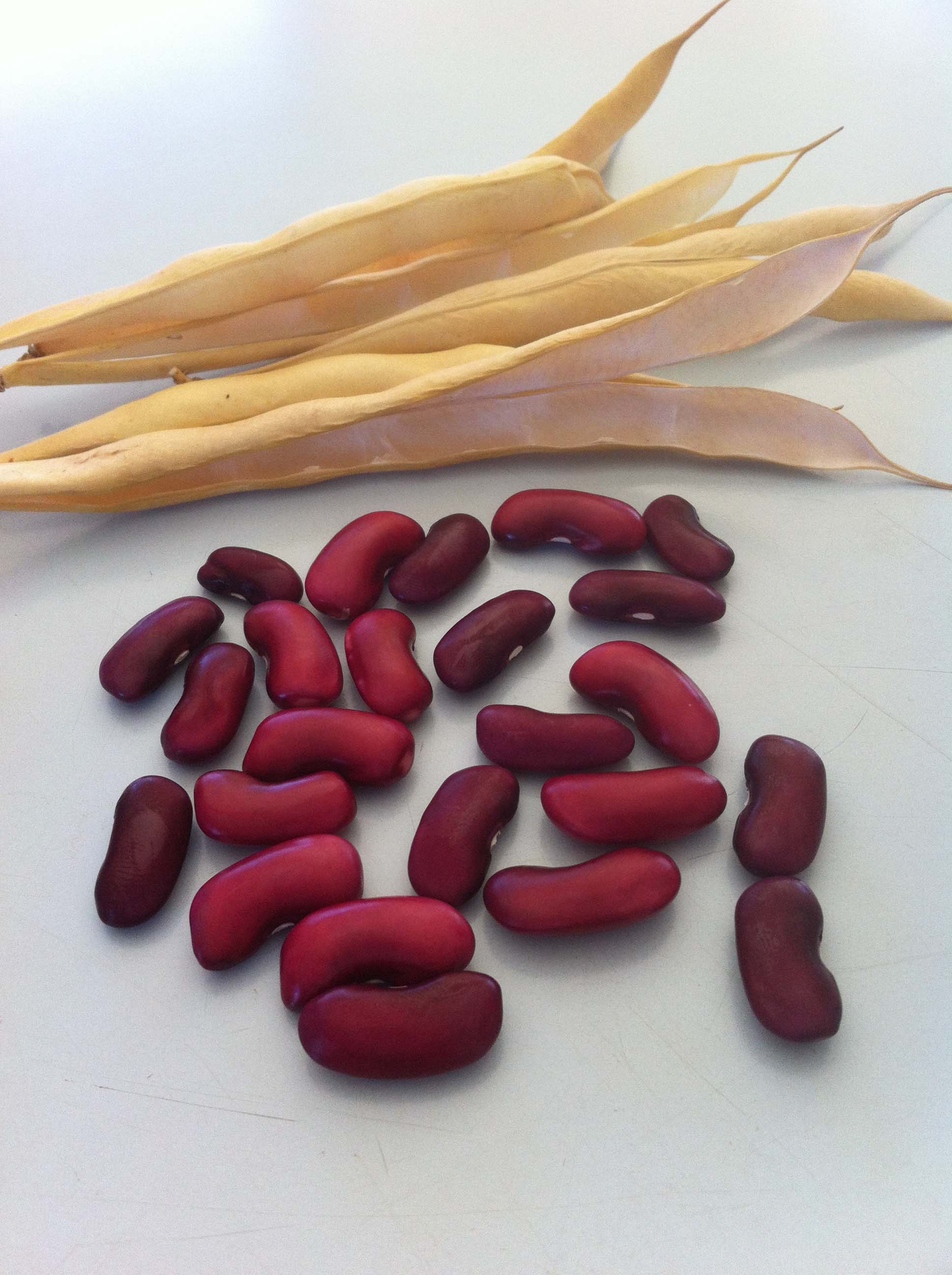 Here’s the beans the single plant produced as of August 6th – if I’d have started the plant outside, it would not have had such a long lag-phase while it got used to the harsh realities of garden life – and may have produced more.
Here’s the beans the single plant produced as of August 6th – if I’d have started the plant outside, it would not have had such a long lag-phase while it got used to the harsh realities of garden life – and may have produced more.
I have no idea why I didn’t end up as a botanist – because I spent a good part of my childhood rooting plant cuttings and growing anything I could get my hands on. Actually I still do that – both aquatic and terrestrial plants. Try planting a mango pit – my mango tree is now at least 1.5 meters tall (in the pot) and at least 6 years old.
Pea sprouts.
Try growing sprouts for a year-round lesson in plant growth and food production. You can go from seeds to salad in a few weeks. Just soak pea seeds in water overnight, then plant the seeds in flat trays of soil and keep the soil moist. Once the shoots are about 10-12 cm, cut them just above the soil surface. The cut end will sprout another branch and you’ll get a second round of sprouts. It is a win-win situation – your kids get to learn about plant growth, micro-scale farming, and the pea shoots are very nutritious.
You can also grow sprouts in a jar with a mesh lid – it is amazingly fast. Pull out a sprout and look at the roots and shoots with a magnifying glass. They are nutritious and educational.
You may be asking why I wrote this, since I am suggesting things to do outside of the museum. Well, the things I have mentioned are longer-term projects that we can’t do in an afternoon at the museum. We also don’t allow live stuff – except in our tide pool and marine aquarium. Of course I visited the Manitoba Museum when I was a child in Winnipeg, and here, our Royal BC Museum has lots to offer, but we also did lots at home to spur creativity.
How about a home-made palaeontology excavation kit? Spend a day on the beach and collect some shells – rub them down with a bit of petroleum jelly. The petroleum jelly will allow the shell to pop free later – so you can see the outside mould of a “fossil”, as well as the actual shell. Take a styrofoam tray (the kind you get with meat at the grocery store), and half-fill it with plaster-of-Paris. While it is still wet, embed the shells, and then pour another layer on top to completely cover everything. Once it is set and dry, you can let your kids have-at-it and carefully chip away with an awl and a tiny hammer to discover the “fossils”. Tell them to chip slowly so that the shells don’t get smashed.
And now a shameless quote from Han Solo, “Sorry about the mess…”
These kits tend to send shards of the simulated sedimentary rock everywhere…
If you want to make the fossil-hunt more complex, you can have several layers of “fossiliferous” plaster (each mixed with a different colour of powdered paint so each “age of rock” is coloured differently). You also could also surprise your kids and include a plastic dinosaur skeleton. Or add a bottle cap – and talk about how garbage in ocean sediments can now be used for fine-scale stratigraphy.
My oldest daughter Emma and her first dinosaur excavation.
Many science products are quite expensive – but there is no reason that low-tech lessons can’t be just as fun. Sit outside on a warm summer evening and watch bats flying around the street lights. An aquarium is relatively inexpensive and adaptable to a variety of animals or plants. A flower bed can be used to teach about plants and pollinators. A small vegetable garden, even if on a balcony, will give kids a lesson in botany as well as food production. Let’s face it, who didn’t raid their parent’s gardens for fresh peas – why rob our children of that fun?
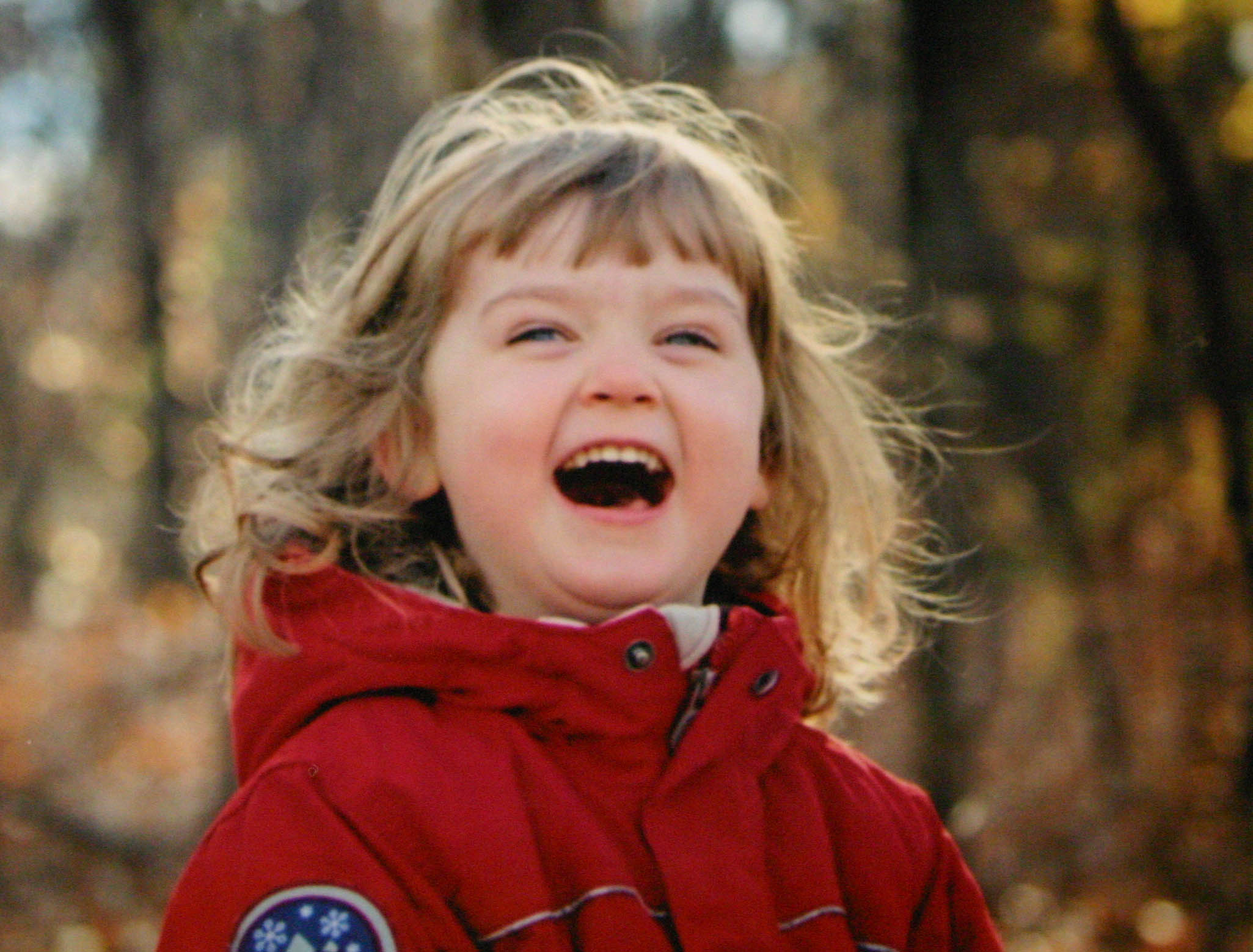 Obviously Lily likes being outside too.
Obviously Lily likes being outside too.
Gardens also ensure you will get familiar with birds, deer, squirrels, insects, centipedes, spiders, snails and slugs. Even urban nature is diverse, even moreso if you start looking at the microscopic component. How many species of moss do you have in your yard? Why not get your kids pressing leaves and flowers and putting them in picture frames? Why not start a seed or insect collection of your very own?
Even a quiet backyard lunch break can be filled with beetles, hummingbirds, or the dragonflies zipping overhead. Lastly, you can’t beat a nature walk. When I have been involved with the Royal BC Museum day camps, we have walked in the forests and along our beaches, and the kids love it. Garter Snakes, Newts, Red-legged Frogs, and Alligator Lizards are the high-points because kids get to see the animals up-close.
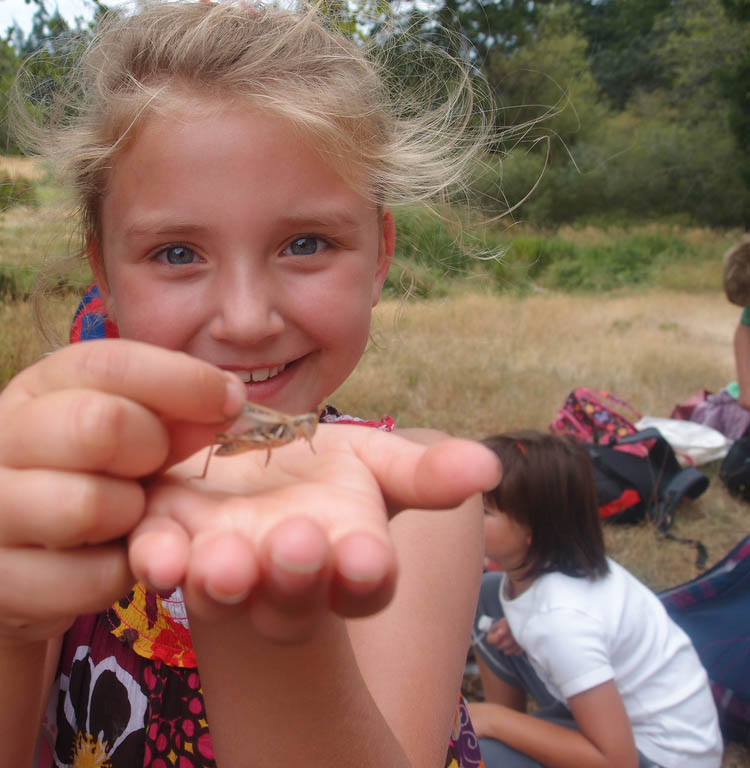 Why not have “Alfred Wallace Walks” to look for butterflies, or “Mary Anning Adventures” to search for fossils. If you find something you don’t recognise – take photos – then later, “back at the lab” (since it is all about imagination), identification becomes part of the fun. Here is where I loop back to again promote the Royal BC Museum – our curators and collection managers certainly can help out with identifications. People regularly send photos of plants, animals, fossils and fungi for identification. The last photograph I received, was of a “mystery skull” found in a forested area just west of town. I bet they didn’t expect it to be a Bulldog skull?
Why not have “Alfred Wallace Walks” to look for butterflies, or “Mary Anning Adventures” to search for fossils. If you find something you don’t recognise – take photos – then later, “back at the lab” (since it is all about imagination), identification becomes part of the fun. Here is where I loop back to again promote the Royal BC Museum – our curators and collection managers certainly can help out with identifications. People regularly send photos of plants, animals, fossils and fungi for identification. The last photograph I received, was of a “mystery skull” found in a forested area just west of town. I bet they didn’t expect it to be a Bulldog skull?
Nature exploration and adventure is energising, and we benefit in so many ways – it holds a child’s attention, it’s energising, it is fun, cheap, and we also get exercise and fresh air. Best part yet is that kids will learn without realising they are learning – even on summer holidays, nature’s classroom is open for business.




![2013sl0219001-770x359[1]](http://staff.royalbcmuseum.bc.ca/wp-content/uploads/2014/04/2013sl0219001-770x3591.jpg)
